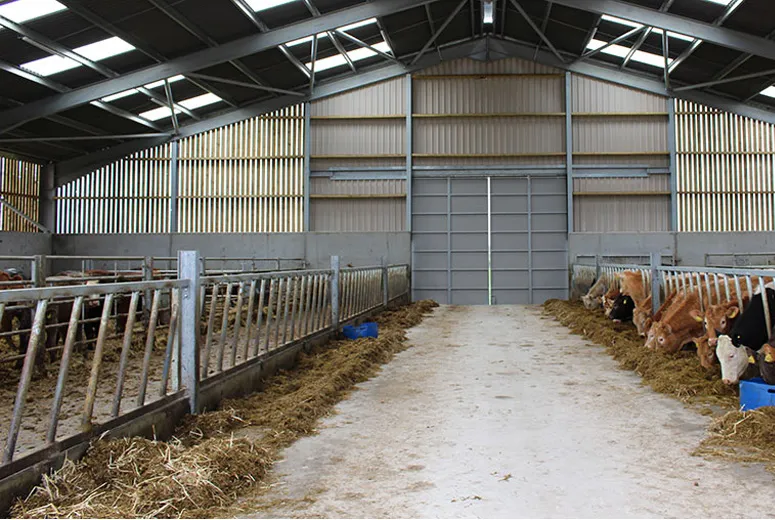- Afrikaans
- Albanian
- Amharic
- Arabic
- Armenian
- Azerbaijani
- Basque
- Belarusian
- Bengali
- Bosnian
- Bulgarian
- Catalan
- Cebuano
- Corsican
- Croatian
- Czech
- Danish
- Dutch
- English
- Esperanto
- Estonian
- Finnish
- French
- Frisian
- Galician
- Georgian
- German
- Greek
- Gujarati
- Haitian Creole
- hausa
- hawaiian
- Hebrew
- Hindi
- Miao
- Hungarian
- Icelandic
- igbo
- Indonesian
- irish
- Italian
- Japanese
- Javanese
- Kannada
- kazakh
- Khmer
- Rwandese
- Korean
- Kurdish
- Kyrgyz
- Lao
- Latin
- Latvian
- Lithuanian
- Luxembourgish
- Macedonian
- Malgashi
- Malay
- Malayalam
- Maltese
- Maori
- Marathi
- Mongolian
- Myanmar
- Nepali
- Norwegian
- Norwegian
- Occitan
- Pashto
- Persian
- Polish
- Portuguese
- Punjabi
- Romanian
- Russian
- Samoan
- Scottish Gaelic
- Serbian
- Sesotho
- Shona
- Sindhi
- Sinhala
- Slovak
- Slovenian
- Somali
- Spanish
- Sundanese
- Swahili
- Swedish
- Tagalog
- Tajik
- Tamil
- Tatar
- Telugu
- Thai
- Turkish
- Turkmen
- Ukrainian
- Urdu
- Uighur
- Uzbek
- Vietnamese
- Welsh
- Bantu
- Yiddish
- Yoruba
- Zulu
Oct . 10, 2024 00:24 Back to list
The Rise of Prefabricated Steel Building Manufacturers
In recent years, the construction industry has witnessed a significant transformation, mainly driven by advancements in technology and increasing demand for efficiency. Among the most noteworthy trends is the rise of prefabricated steel building manufacturers. These companies are revolutionizing the way structures are built, offering a range of benefits that appeal to both developers and end-users.
What are Prefabricated Steel Buildings?
Prefabricated steel buildings are structures that are manufactured off-site in a controlled environment before being transported and assembled at the final location. This method contrasts with traditional construction practices, where components are built on-site, often subject to delays and variabilities in quality due to environmental factors. The prefabrication process includes cutting, welding, and assembling parts such as walls, roofs, and floors in a factory setting, ensuring precision and consistency.
The Advantages of Prefabricated Steel Buildings
1. Time Efficiency One of the key advantages of prefabricated steel buildings is the speed of construction. Since parts can be manufactured simultaneously while site preparation is underway, the overall project timeline is significantly shortened. This efficiency is particularly beneficial for businesses looking to minimize downtime or for urgent projects that require rapid implementation.
2. Cost-Effectiveness Prefabricated steel buildings often come with lower overall costs compared to traditional construction methods. The reduced construction time translates into lower labor costs, and the controlled manufacturing environment minimizes waste, leading to cost savings. Additionally, the durability of steel reduces long-term maintenance and repair expenses.
3. Design Flexibility Modern prefabricated steel buildings can be customized to meet specific needs and preferences. Manufacturers offer a variety of designs and layouts, allowing clients to create structures that align with their functional requirements and aesthetic preferences. The use of advanced software and modeling techniques enables the visualization of projects before construction begins, leading to more informed decision-making.
4. Durability and Strength Steel is renowned for its superior strength and durability. Prefabricated steel buildings can withstand harsh weather conditions, resist pests, and are less prone to fire damage compared to traditional materials. This resilience ensures that buildings not only last longer but also maintain their structural integrity over time.
prefabricated steel building manufacturers

5. Sustainability With growing environmental concerns, sustainability has become a crucial consideration in the construction industry. Prefabricated steel buildings are environmentally friendly, as steel is recyclable, and the manufacturing process generates less waste. These structures also often come with energy-efficient designs, promoting better insulation and reducing overall energy consumption.
The Market Landscape
The market for prefabricated steel buildings has expanded rapidly, with numerous manufacturers emerging to meet the rising demand from various sectors, including industrial, commercial, and residential markets. Companies specialize in a range of applications such as warehouse facilities, agricultural buildings, and even modular homes. As the popularity of these structures continues to grow, so does the global competition among manufacturers, driving innovation and keeping prices competitive.
Challenges and Considerations
Despite the many advantages, the prefabricated steel building sector also faces several challenges. For instance, logistical considerations such as transportation and handling of large steel components can sometimes negate the time savings gained in off-site fabrication. Additionally, consumers may have concerns regarding the customization limitations and the availability of local manufacturers able to meet specific needs.
Moreover, zoning regulations and building codes can vary significantly by location, which may complicate the implementation of prefabricated steel buildings. Manufacturers must navigate these legal frameworks to ensure compliance while not compromising the project timelines or costs.
Conclusion
In summary, prefabricated steel building manufacturers are at the forefront of a construction revolution, offering innovative solutions that address many of the challenges faced in traditional building methods. With advantages such as time efficiency, cost-effectiveness, design flexibility, durability, and sustainability, these manufacturers are well-positioned to play a crucial role in the future of construction. As technology continues to evolve and the market for prefabricated buildings expands, it will be exciting to see how this segment of the industry will influence the broader architectural landscape.
-
How Do Prefabricated Steel Structures Transform Modern Construction?
NewsJul.14,2025
-
How Do Prefabricated Metal Buildings Redefine Modern Construction?
NewsJul.14,2025
-
How Do Prefab Insulated Metal Buildings and Steel Structures Revolutionize Modern Construction?
NewsJul.14,2025
-
How Do Pre - Engineered Steel Structures Redefine Modern Construction?
NewsJul.14,2025
-
Advancing Modular Construction with Prefabricated Metal Structures
NewsJul.14,2025
-
Advancing Industrial Infrastructure with Prefabricated Steel Solutions
NewsJul.14,2025
Products categories
Our Latest News
We have a professional design team and an excellent production and construction team.












